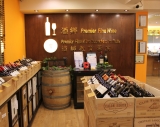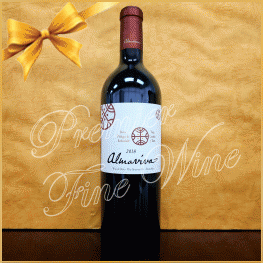| Tasting note |
This is such a beautifully nuanced red with tobacco, dried herbs, wet earth and currants. Some leather and rose petals, too. Full-bodied and chewy, yet refined with great polish. It’s rich and intense at the same time. Very focused center palate. Broad layers of tannin and fruit. A blend of 72% Cabernet Sauvignon, 19% Carmenere, 6% Cabernet Franc and 3% Petit Verdot. By James Suckling, Apr 2020.
The varietal breakdown is 72% Cabernet Sauvignon, 19% Carmenère (from Peumo), 6% Cabernet Franc and 3% Petit Verdot. The grapes ripened thoroughly, as the 14.9% alcohol of the final blend shows, a little higher than previous years and with similar readings of acidity. The wine feels quite complete and nicely crafted... It's a solid, well-built and seamless Almaviva, with clout and balance. 2018 was a more homogeneous vintage, globally considered one of the best in recent times in Chile. They identify a great vintage when they see more homogeneous quality in their different wines, and winemaker Michel Friou explained that this year some wines from three- or four-year-old vines were really good. It feels like a very complete wine, from a year when the seasons were marked and when the plant followed the development with almost textbook conditions—the grapes ripened thoroughly, developing more flavors and nuances while keeping the freshness. This is still a baby, extremely young and creamy, but it is still approachable; there are no edges, but what's remarkable is the balance and stuffing and all the necessary ingredients for a great development in bottle. This is quite different from 2016; it's a vintage with power and clout, a wine that has fruit and intensity and is balanced, without the concentration and tannins of the 2017. It’s a more complete year that combines the finesse of 2016 with more thorough ripeness. By Wine Advocate, Aug 2020. |
















